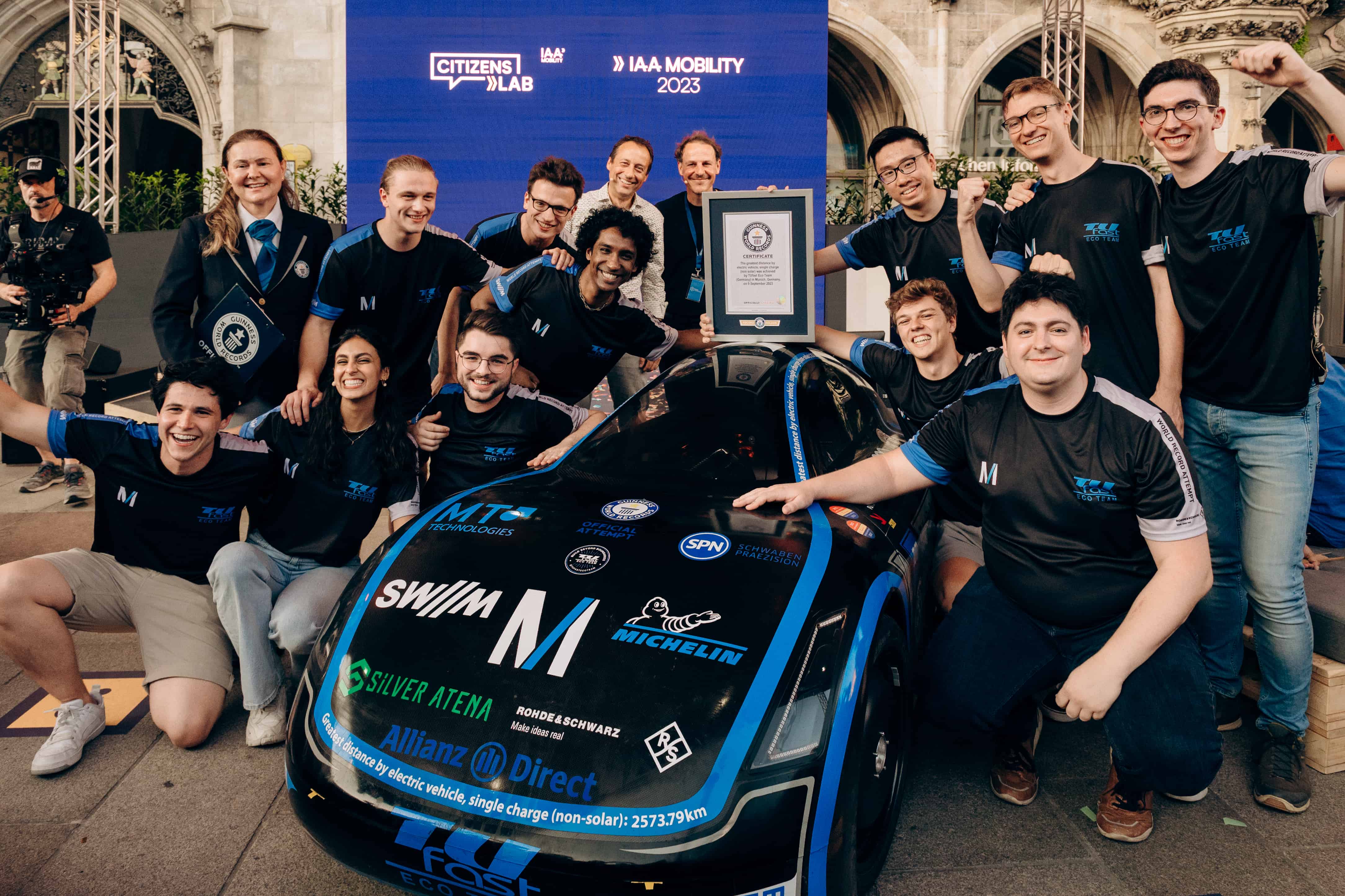
In the coming years, tens of thousands of small satellites are to be launched into space worldwide. Isar Aerospace, a start-up company founded at the Technical University of Munich (TUM), has developed a small and inexpensive launch vehicle tailored to this purpose. The production of its first rocket is currently underway in Ottobrunn near Munich, Germany, in the immediate vicinity of the Ludwig-Bölkow-Campus of the Faculty of Aeronautics, Astronautics and Geodesy of the TUM.
Unlike traditional satellites weighing several tons, these small satellites weigh only about 500 kilos and will be launched into orbit at an altitude of about 500 kilometers. This larger number enables faster data transmission to ensure a better Internet connection or generate earth observation data. Nevertheless, the question remains as to how tens of thousands of small satellites can be launched into space as efficiently, cost-effectively and cleanly as possible. “Most launch vehicles are not suitable for this task,” says Daniel Metzler, co-founder of the Isar Aerospace start-up.
Small rocket for small satellites
According to Metzler, the idea of such a rocket was born in 2017 in the workshops of the TUM student group WARR (Wissenschaftliche Arbeitsgemeinschaft für Raketentechnik und Raumfahrt – Scientific Working Group for Rocket Technology and Aerospace). At the time, he and his team developed a small engine for a research rocket. After the students published a film about the project on the Internet, they received a series of inquiries from industry.
“That’s when we knew we had found a gap in the market and decided to build our own rocket – tailor-made for transporting small satellites,” the engineer recalls. “The idea was to further develop our propulsion technology. So far, the first and second stages of launchers in Europe are equipped with different engines. We, on the other hand, wanted to use clusters of identical engines. This would save considerable development and production costs.”
The rocket now planned is to be 27 meters long with a diameter of two meters. There is already “customer interest in it worth several hundred million euros,” says Metzler. “Mainly from the European region.”
Two years’ development time
In early 2018, former aerospace students Josef Fleischmann, Markus Brandl and Daniel founded their start-up Isar Aerospace with the support of TUM. Further financial support came from companies, private investors and the ESA Business Incubation Center in Oberpfaffenhofen, Germany. The first prototypes of the engine components were then produced in the high-tech workshop MakerSpace in Garching, Germany.
After two years of development work, construction of the first rocket is now beginning in the 4,500 square meters of the production halls that opened on Monday. In 2021, the first transport rocket is scheduled to launch the first small satellite into orbit. The rocket will be propelled by several small engines, manufactured cost-effectively and fully automatically using 3D printing. They will be powered by “novel, light fuels that burn very cleanly and efficiently in the combustion chambers under high pressure,” says Metzler. “This way we can achieve a very high degree of efficiency. If everything goes according to plan, Isar Aerospace plans to build 20 rockets per year in the future.
The production halls were officially opened yesterday in the presence of the Bavarian Prime Minister Markus Söder and TUM President Thomas F. Hofmann.
Cover photo: The founders of Isar Aerospace (from left): Josef Fleischmann, Markus Brandl and Daniel Metzler. © Isar Aerospace Technologies GmbH







